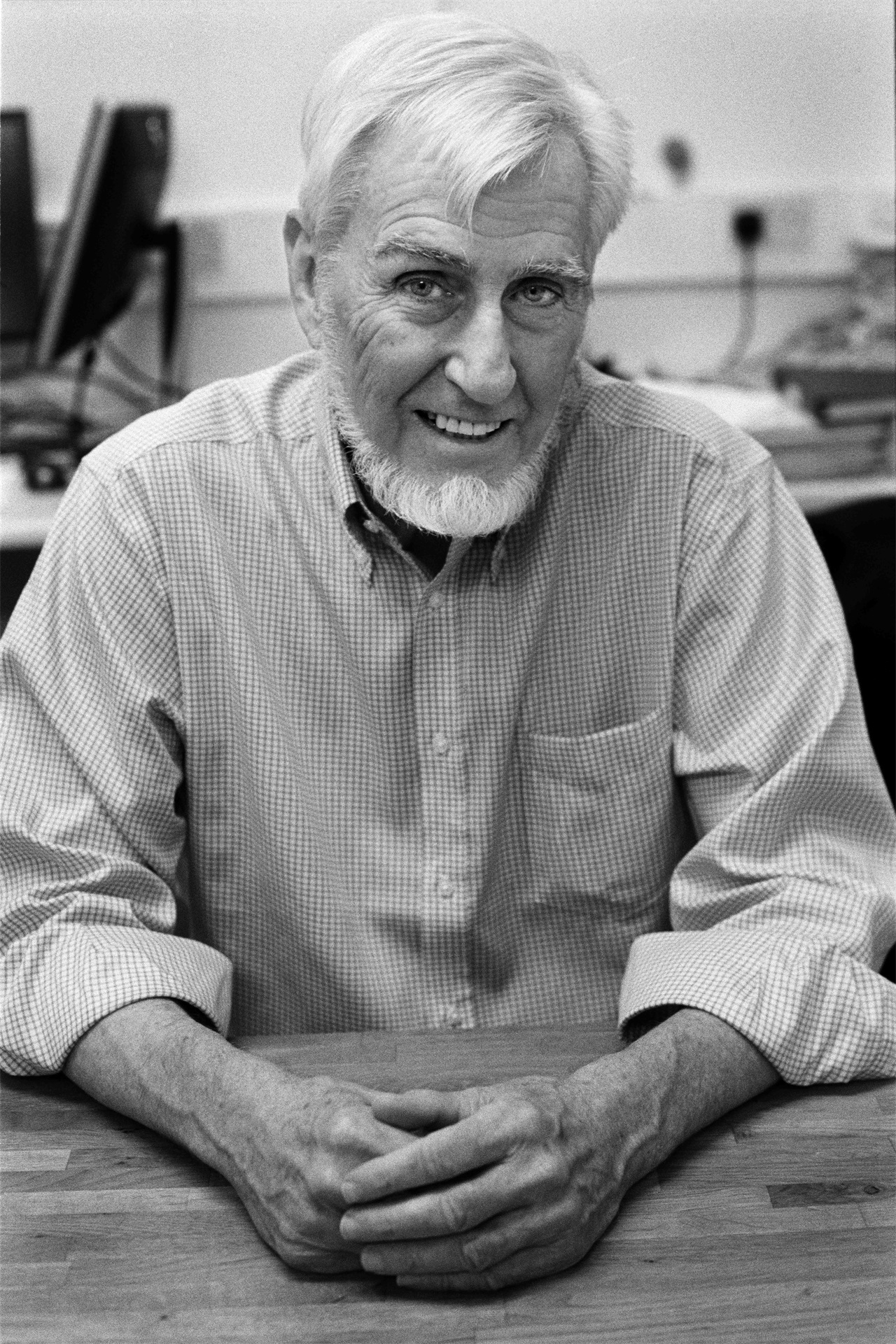
The 2014 Nobel Prize for Physiology or Medicine was awarded to three people who helped answer a question most of us take for granted but which has puzzled scientists and philosophers for centuries. Not so much ‘who are we and why are we here?’ but ‘where are we and how did we get here?’
Most people have a well-developed sense of spatial awareness. We quickly memorise our route to work or the shops, soon learn to spot landmarks and so recognise them next time and can thus retrace unfamiliar paths. In more familiar surroundings we can even find our way in the dark, knowing which direction to take from point A to point B and where to expect certain obstacles. But how does this internal mapping system operate?
In the late 1960s John O'Keefe decided to address this question with neurophysiological methods. In 1971, with his student, Jonathan Dostrovsky, O’Keefe tested individual neurons in rat brains to see how they reacted to environmental stimuli. Allowing the rats to roam freely, they noticed cells in a part of the brain called the hippocampus which were activated as the animals explored particular locations. O’Keefe dubbed these ‘place cells’ after determining that they were not simply registering visual input, but were building up an inner map of the rat’s surroundings. As different patterns of place cells were activated in different environments he concluded that the hippocampus creates multiple maps, each with a specific combination code of place cell activities in the hippocampus.
In 1978, O’Keefe and Lynn Nadel expanded the notion of spatial processes to include information about direction and distance. This would allow the construction of a cognitive map of the environment, including the location of target objects and threats to be avoided as well as triggering and controlling exploration. By including a sense of linear time and language narratives in the left hippocampus the pair sought to explain the episodic memory deficit in patients with hippocampal damage. For this work they were awarded the Grawemeyer Award for psychology in 2006.
As well as receiving a half share of the Nobel Prize, in 2014 O’Keefe received the Kavli Prize in Neuroscience “for the discovery of specialised brain networks for memory and cognition”. In 2007, he received the British Neuroscience Award for Outstanding Contribution and in 2008 he received the Federation of European Neuroscience Societies Award and the Gruber Prize. As if to close the circle, in December 2014 O’Keefe received an honorary Doctor of Science degree from University College in Cork, Ireland.
John O’Keefe was born in November 1939 to Irish immigrant parents in New York, where he attended Regis High School in Manhattan and gained a BA from the City College. He went on to study physiological psychology at McGill University in Montreal, Canada, gaining his MA in 1964 and PhD in 1967. He then moved to England for postdoctoral training at University College London and has remained there ever since. In 1987 he was appointed Professor of Cognitive Neuroscience at the Sainsbury Wellcome Centre in Neural Circuits and Behaviour at UCL. He holds dual United States and United Kingdom citizenship.
